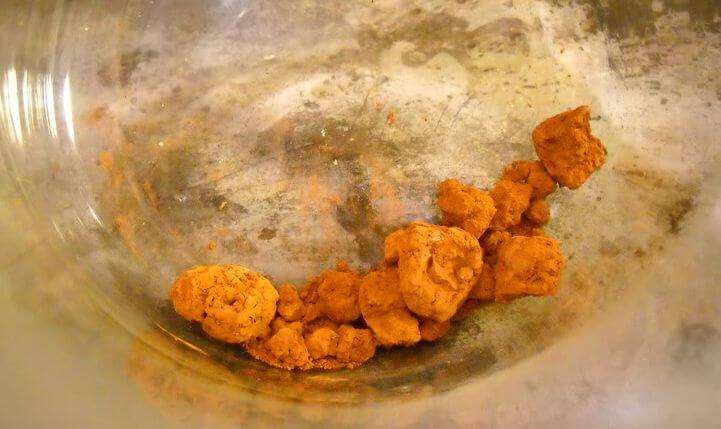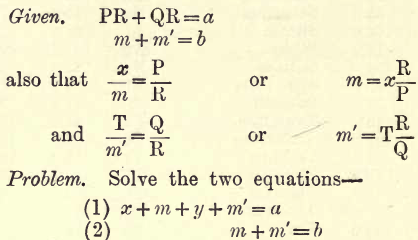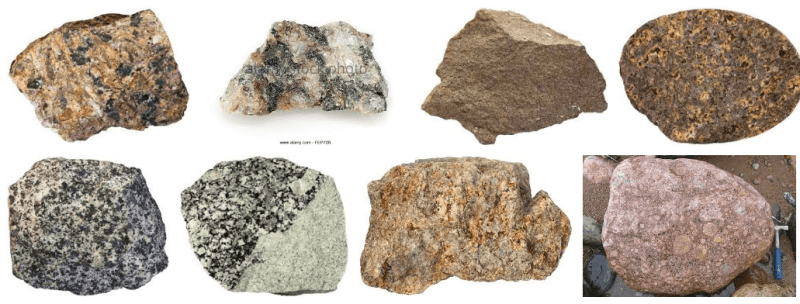Settling Tank Spitzkasten Classifier

In “ Sorting Before Sizing ” (a paper first announced at the Pittsburgh meeting, but delayed in preparation and now presented at the present meeting) it is shown that if slime-tables are to do their best work on slimes below 0.5 mm. or 0.02 inch in diameter, they must be carefully sorted or classified, and […]
Cementation of Gold by Zinc Shavings

Some months since, the attention of the author was directed to certain statements to the effect that the gold-contents of foul or extremely dilute cyanide-solutions could not be effectively precipitated in practice by the usual zinc cementation of gold called the “zinc-method”. Such statements caused all the greater surprise, because it is well known that […]
Smelter Slags and Mattes Transport
It is obvious that the choice of the method to be employed in the handling of blast-furnace slags and mattes depends upon local facilities and conditions which may indicate as advisable some particular plan. As a result of the variety of such conditions hardly any two smelters use identically the same method, though they be […]
Electrolytic Assay
The analysis of refined copper is a subject of great importance, and has not received the attention it deserves. Copper metallurgists, therefore, will welcome the paper of Mr. Heath with satisfaction. The state of the art of the chemical analysis of copper has been such that consumers, if they could not afford to run any […]
Assay Determination of Arsenic & Antimony
Determination of Arsenic and Antimony Together: Instead of separating arsenic from antimony in the hydrochloric-tartaric acid solution which was finally obtained, dilute the solution to four times its volume; pass sulphuretted hydrogen to saturation; filter the combined sulphides on a 4 cm. filter (weighed and dried in weigh-bottle at 110° C.); wash with water, absolute alcohol, […]
Leaching Sulfides by Sulphuric Acid: Copper
The improvement in leaching introduced by the Russell process has stimulated the development of processes for refining lixiviation-sulphides. In the early days several processes for dealing with the sulphides were proposed, and some of them were tried more or less ; but the business finally settled down to sending the sulphides to the smelters, although […]
Cyanide Chemistry & Gold Extraction

The fact that many millions of gold have been extracted by the cyanide process, during the last five or six years, from South African tailings which could not be profitably worked by any other method previously tried upon them, lends a peculiar practical interest to this branch of metallurgy. Numerous writers have recently made valuable […]
Plunger Jig & Accelerated Jig
In the discussion of my paper on “ Close Sizing Before Jigging,” Mr. Louis remarks: “ What we really need to know as the basis of any consistent theory (of jigging) is what occurs during each hundredth of a second.” It is clear that for the further study of the laws involved, a jig-tester is […]
Gravimetric Analysis Precipitation Reactions Examples

The conditions essential to accurate gravimetric analysis have been given. As a rule such estimations come under one of four classes: Direct Estimations These are the most usual and accurate methods of gravimetric analysis. The element sought is precipitated and weighed generally as a compound, definite in composition. Direct Estimation by Loss Here the element […]
Gold in Granite & Plutonic Rocks

A recent paper by Prof. George P. Merrill, Curator of the Department of Geology of the U. S. National Museum, Washington, upon ” An Occurrence of Free Gold in Granite,” describes an interesting instance of the dissemination of this noble metal in the substance of granite of normal composition believed to be from Sonora, Mexico. […]
